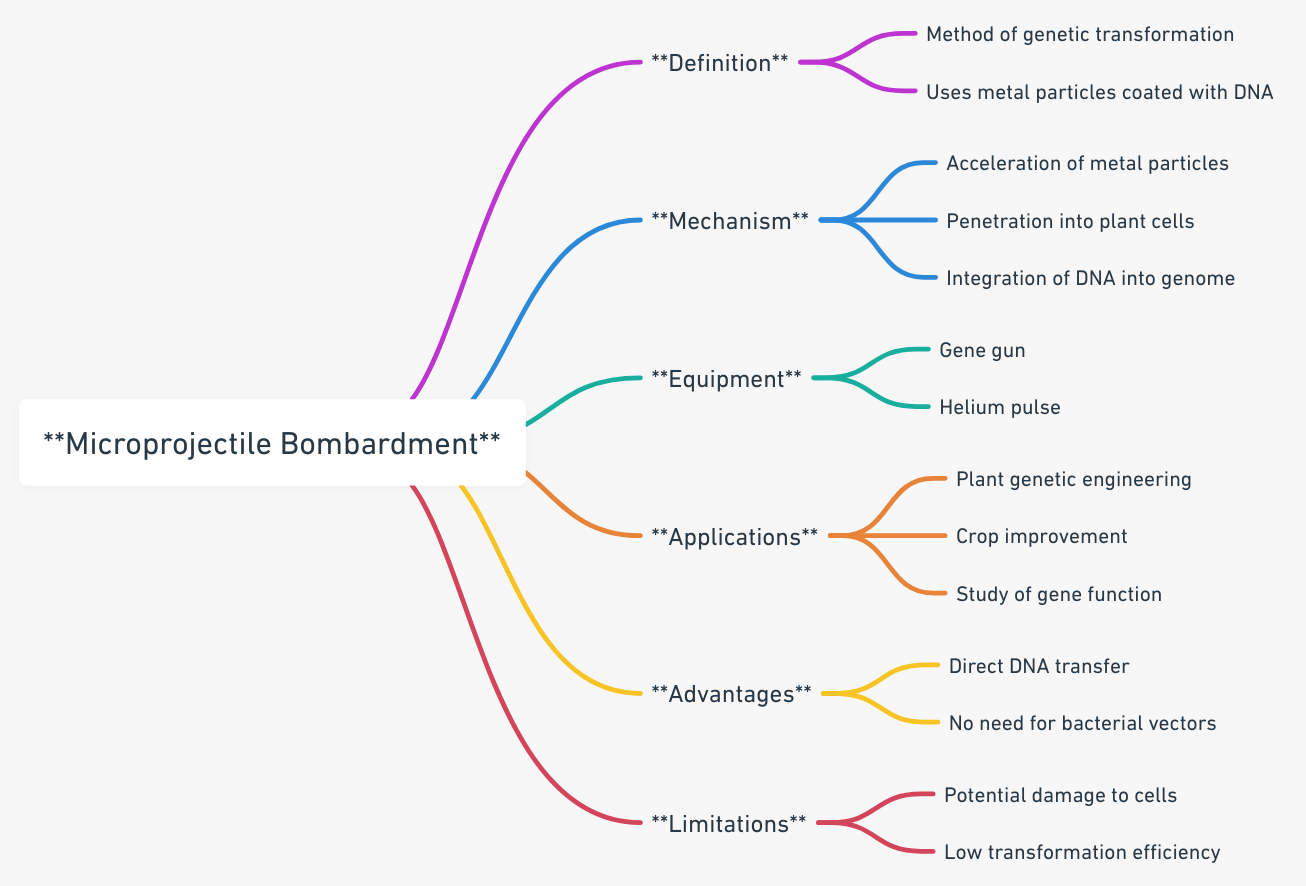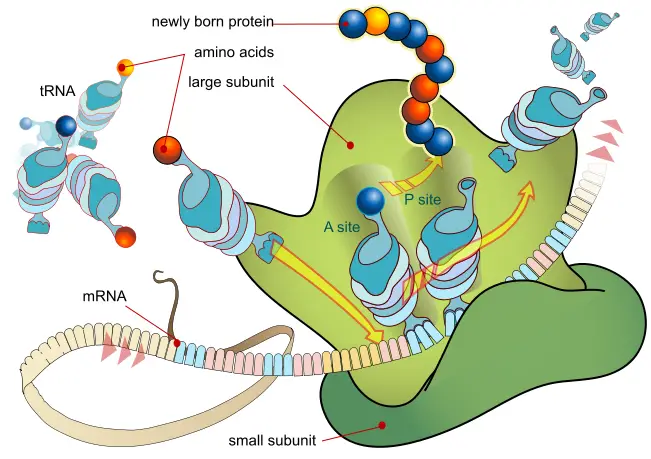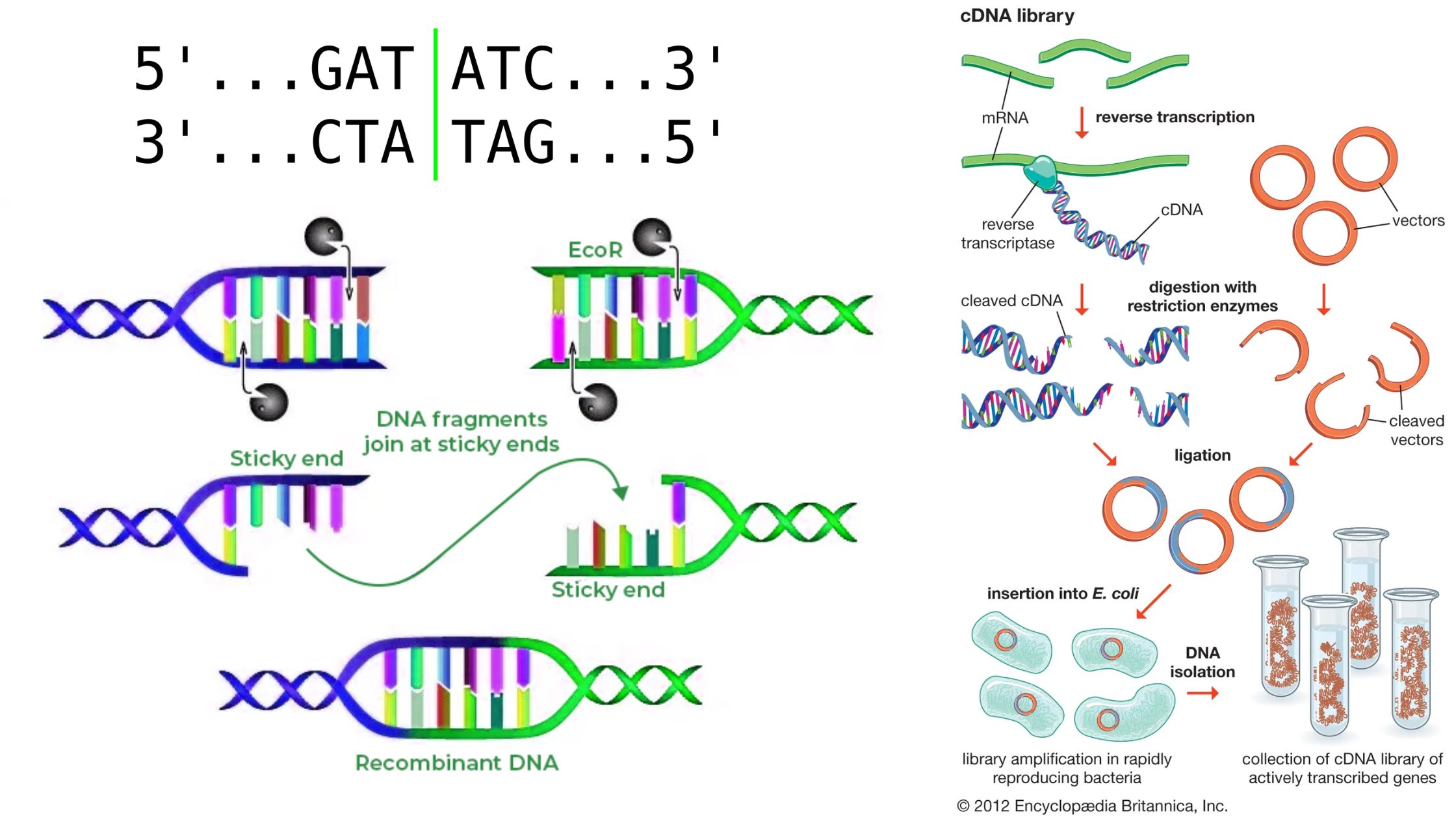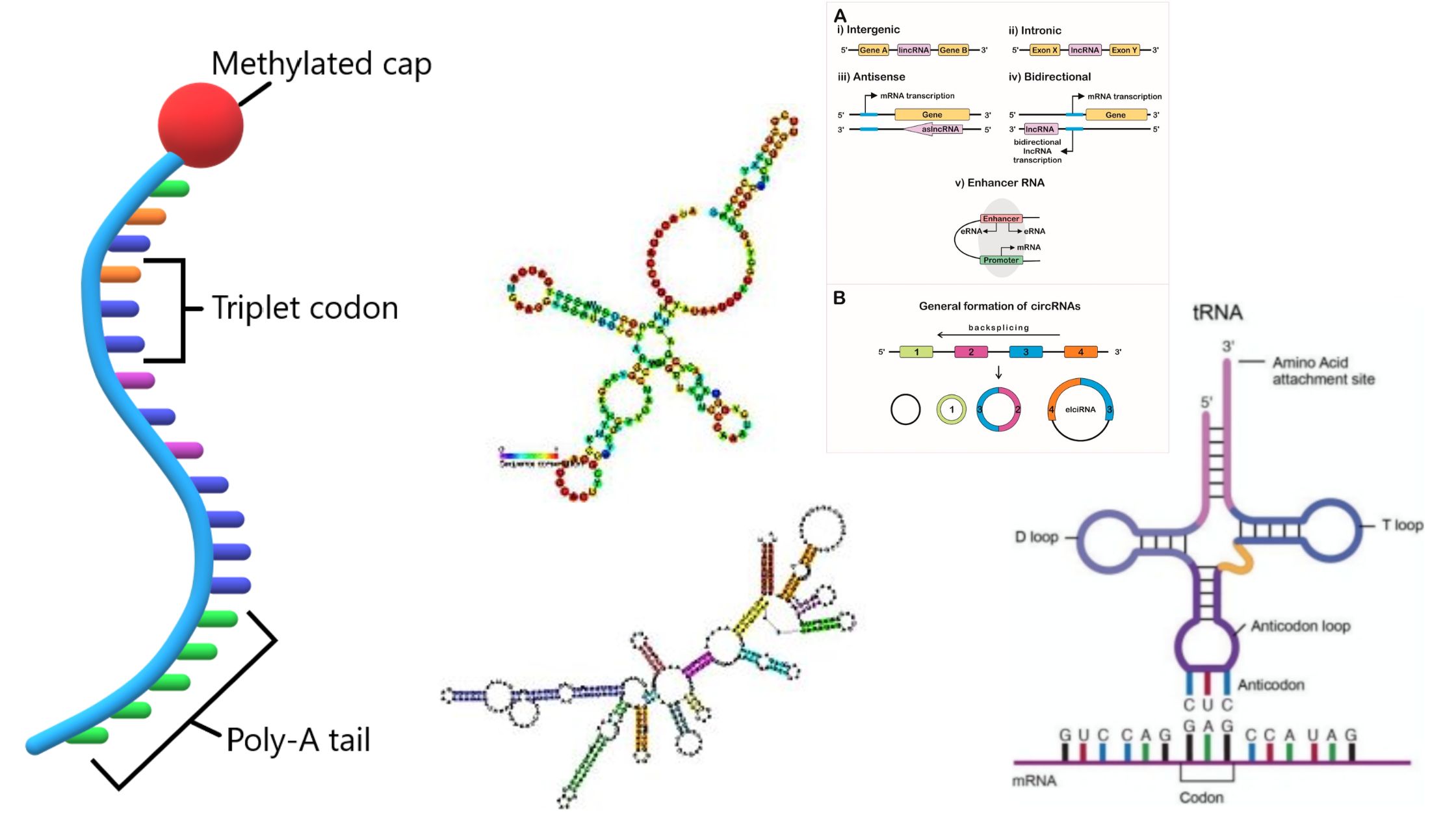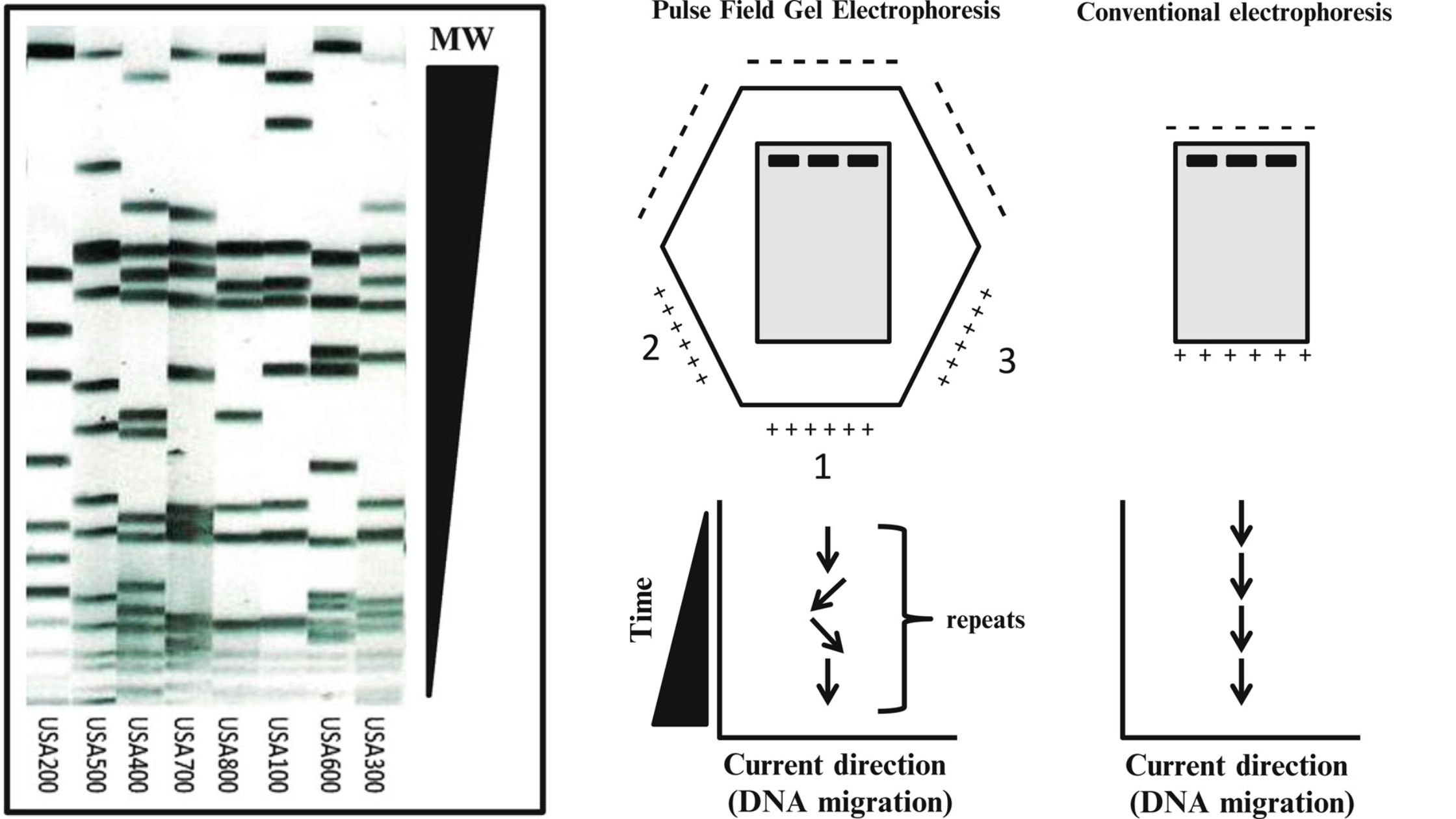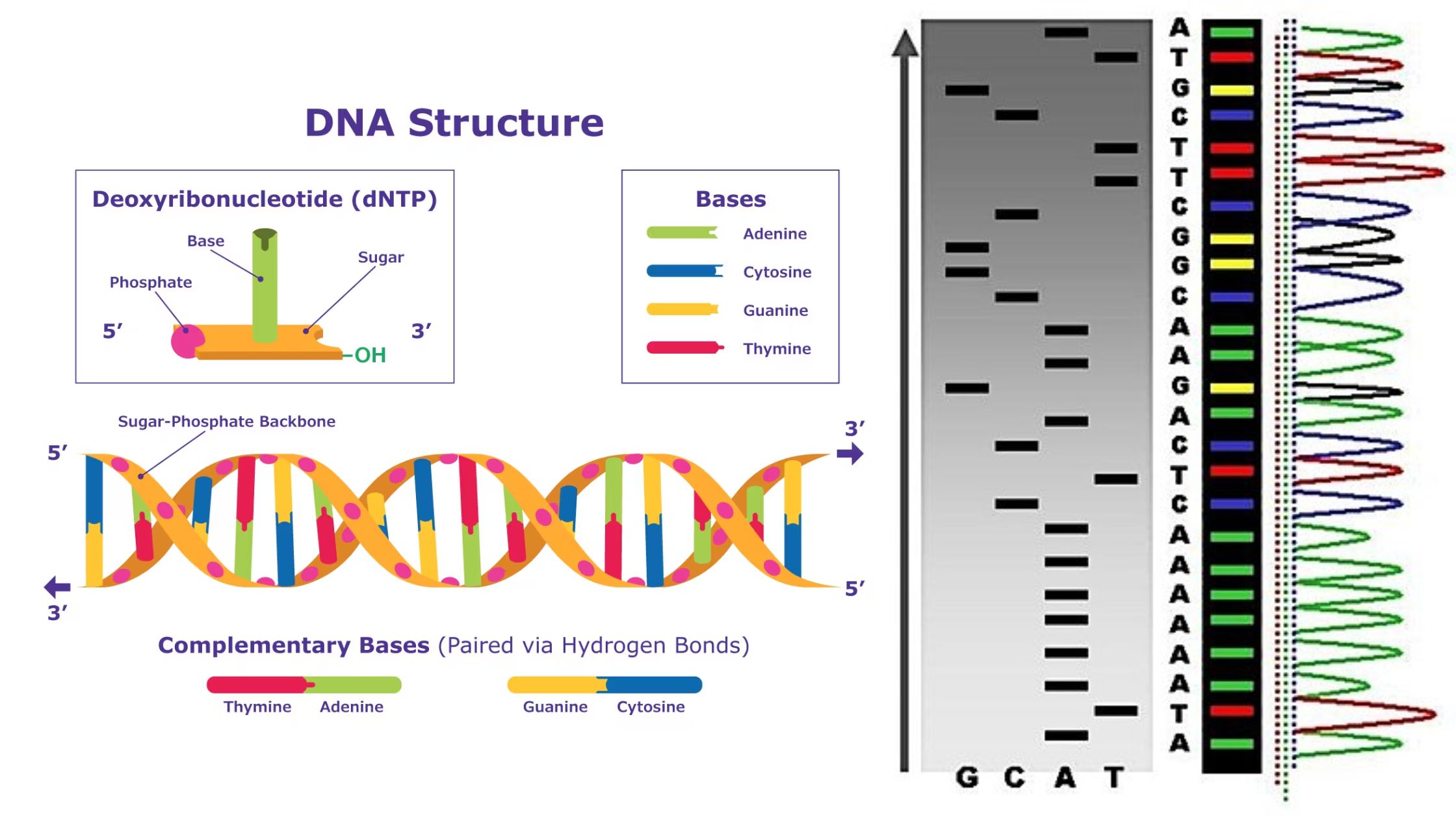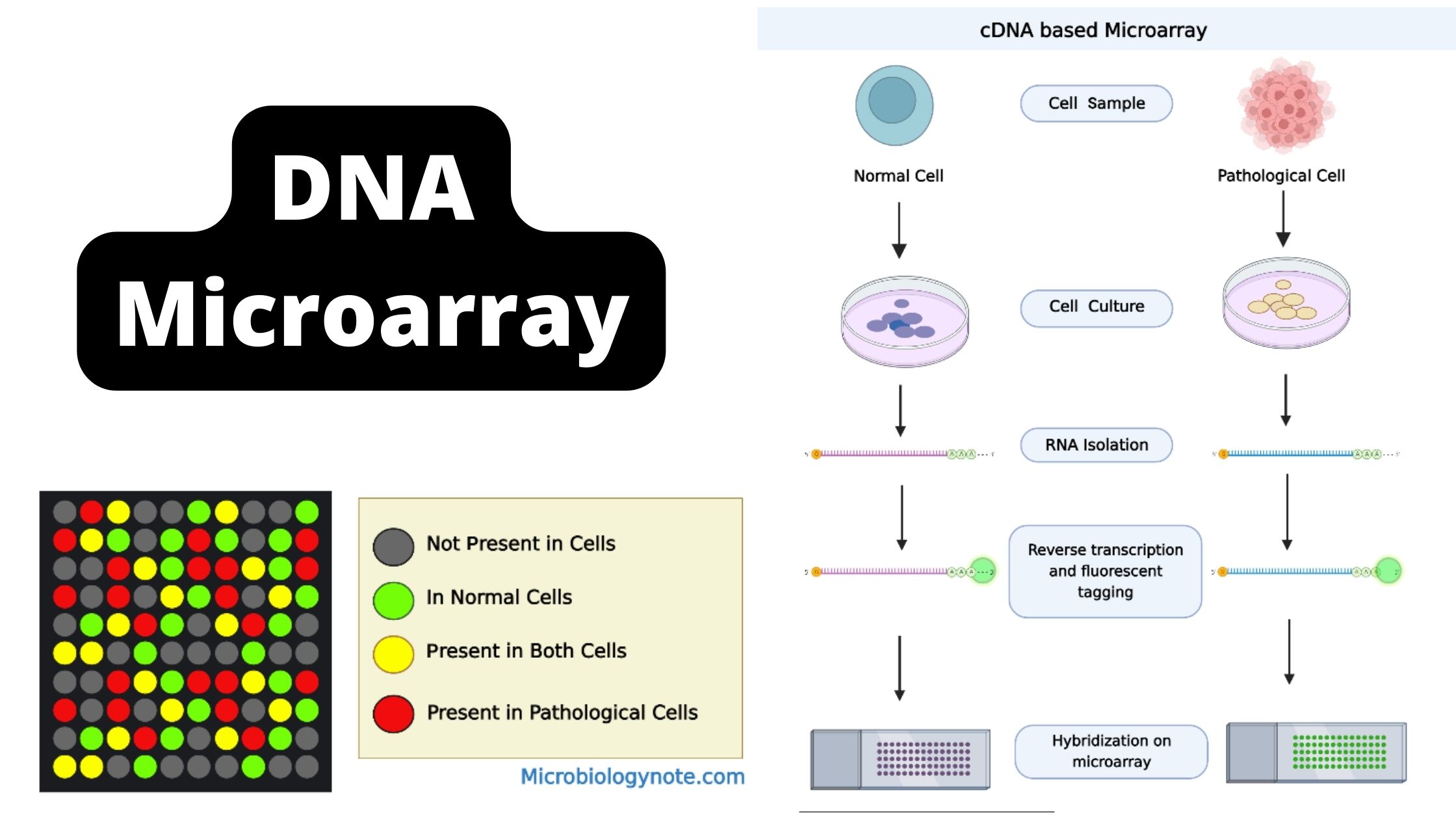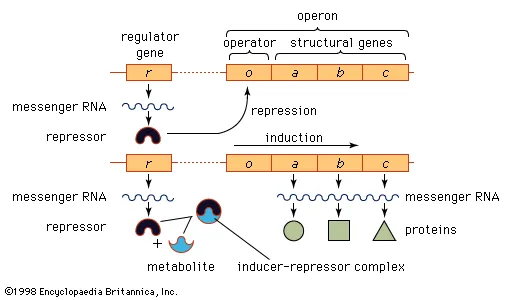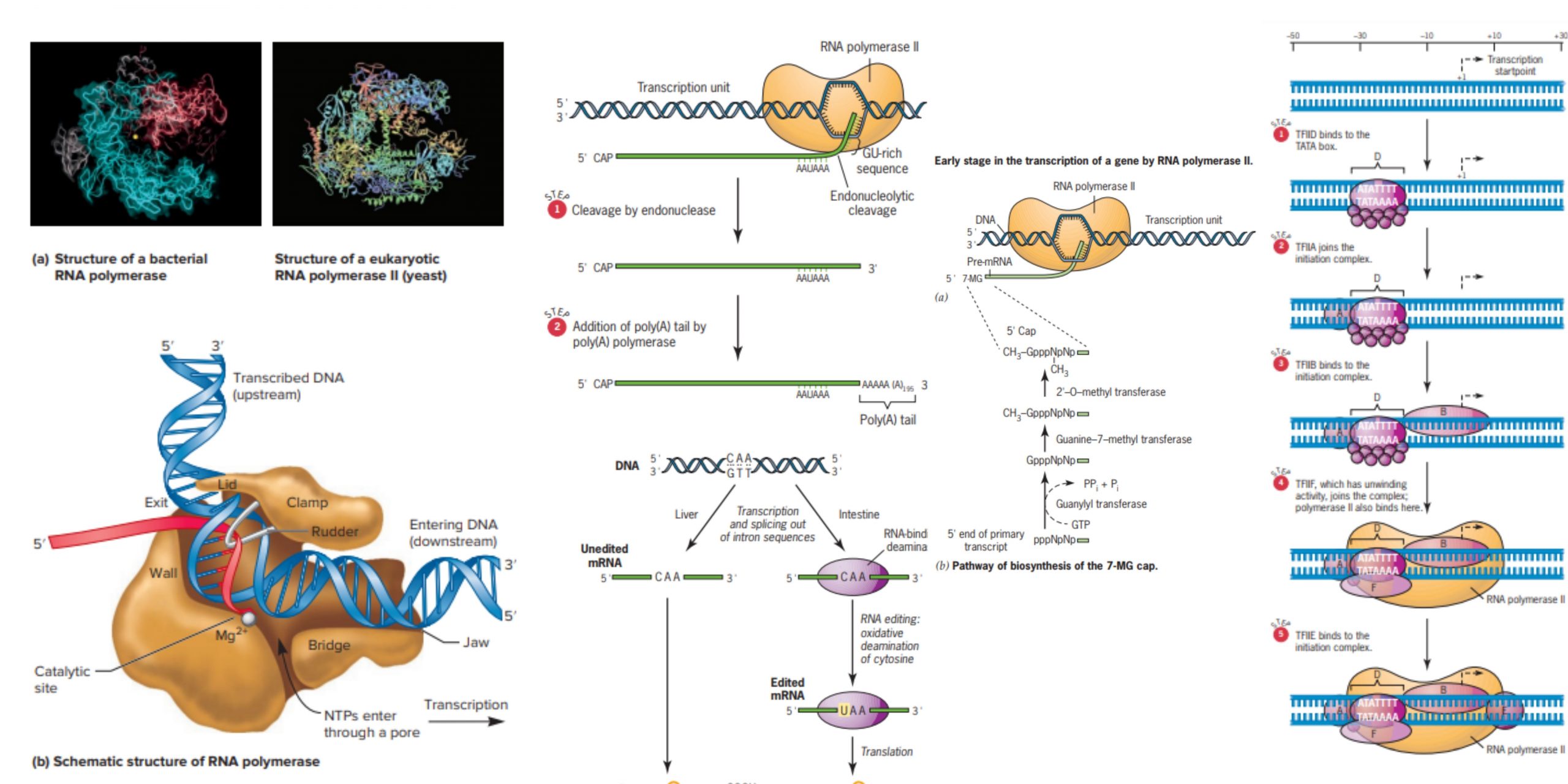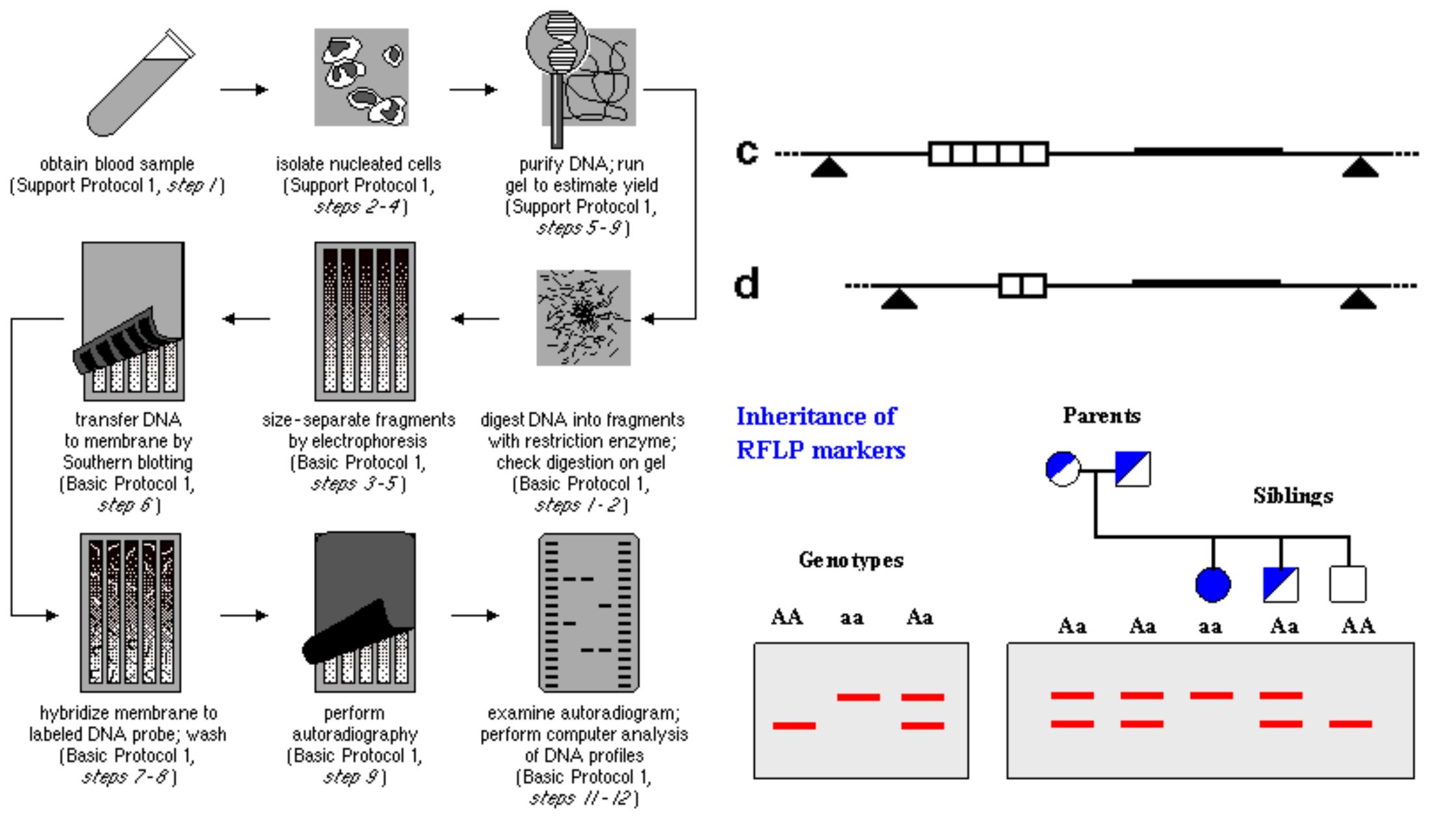Microprojectile Bombardment – Definition, Components, Steps, Applications
What is Microprojectile Bombardment? Definition of Microprojectile Bombardment Microprojectile bombardment, also known as biolistics or gene gun delivery, is a method used to introduce foreign genetic material into cells or tissues by accelerating microscopic particles coated with the desired DNA, RNA, or proteins at high velocities, facilitating direct gene transfer. This technique is commonly employed … Read more
